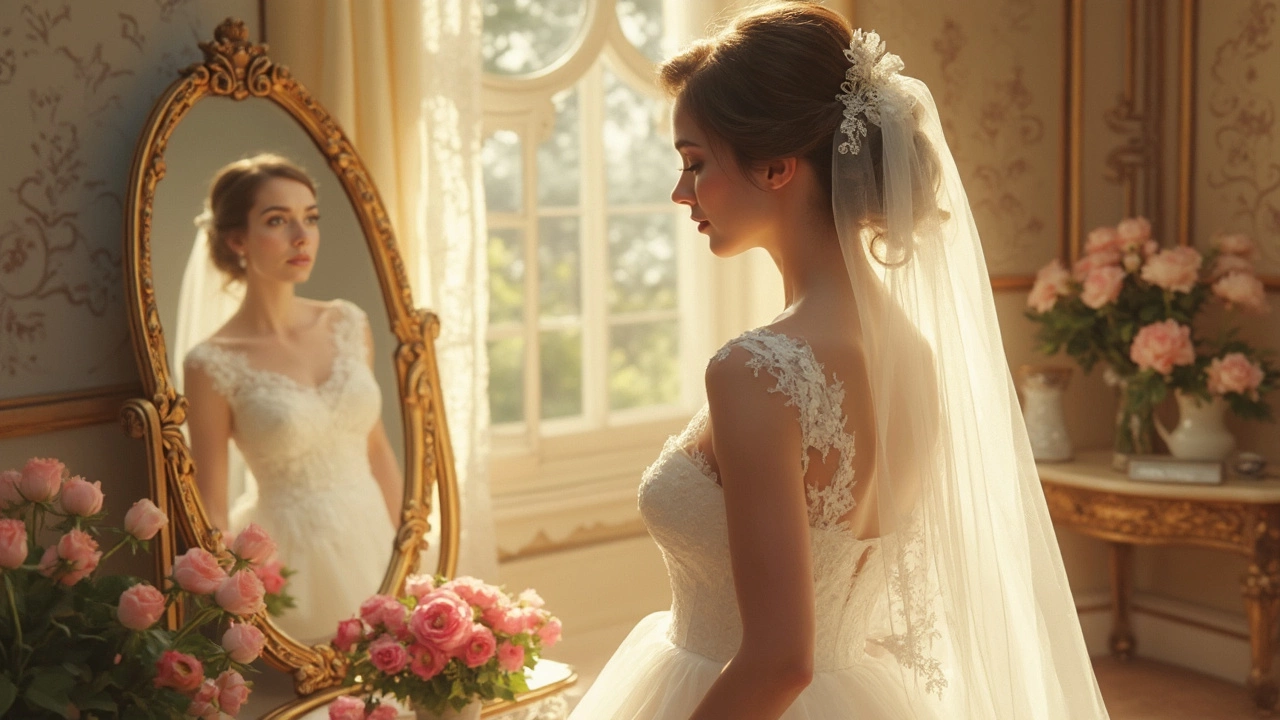Photography Schedule: How to Plan Your Wedding Day Photo Timeline
Getting your wedding photos right starts with a clear schedule. When you know what needs to be shot and when, you avoid stress and make sure every important moment gets captured. Below you’ll find practical steps you can use right away.
Why a Photography Schedule Matters
A good schedule keeps the photographer, the couple, and the wedding party on the same page. Without it, you risk missing the first look, the cake cutting, or even the quick candid moments that make your album unique. A simple timeline also helps the photographer allocate enough time for each segment, so you don’t end up with rushed shots.
Step‑by‑Step Timeline Blueprint
1. Start with your ceremony time. Everything else flows from this. If the ceremony is at 2 pm, work backwards to fit the prep, first look, and travel.
2. Block out getting ready. Give the bride and groom 60‑90 minutes for hair, makeup, and dressing. Include a short window for detail shots—shoes, rings, invitation.
3. Add a first‑look window. If you want a private moment before the ceremony, schedule 15‑20 minutes. This is a great time for emotional portraits without the crowd.
4. Allow travel time. Even if the ceremony venue is next door, plan 10‑15 minutes for the photographer to move gear and set up.
5. Ceremony coverage. Typically 30‑45 minutes of shooting, but you’ll want a few minutes before guests arrive for venue shots and a few after for exit photos.
6. Post‑ceremony portrait session. Set aside 45‑60 minutes for couple photos, family portraits, and wedding party shots. Keep it moving by ordering groups ahead of time.
7. Reception timeline. Mention key moments to the photographer: first dance, cake cutting, speeches, and any surprise events. Allocate 5‑10 minutes for each.
8. Buffer time. Life happens—a delayed toast or a longer speech. Add a 15‑minute buffer after the ceremony and another before the final send‑off.
Once you have these blocks, write them into a simple table or a bullet list. Share the schedule with your photographer, the venue coordinator, and anyone else running the day. A quick email the night before can save a lot of confusion.
If you’re not sure how long a segment should be, look at popular posts like “Is 10 Hours Enough for Wedding Photography?” or ask your photographer for their usual pace. Most professionals recommend at least 8‑10 hours of coverage for a typical ceremony and reception, but you can trim or extend based on your budget.
Remember, the schedule is a guide, not a strict rule. If something feels rushed, talk to the photographer on the spot and adjust. Most will be happy to shift a few minutes to get the perfect shot.
Finally, review the schedule with your partner a few days before the big day. Walking through each step together helps you both feel confident that nothing’s been missed.
With a solid photography schedule in place, you’ll relax more, enjoy the moments, and walk away with a collection of images that truly tells your wedding story.
How Many Hours Do You Really Need a Wedding Photographer?
Choosing the right amount of hours for a wedding photographer can make or break the photo memories of a special day. From prep to party, knowing how many hours your photographer should be there requires strategic planning. Whether it's an intimate ceremony or an all-out bash, this guide will help you figure out the right coverage to capture those priceless moments.
View More